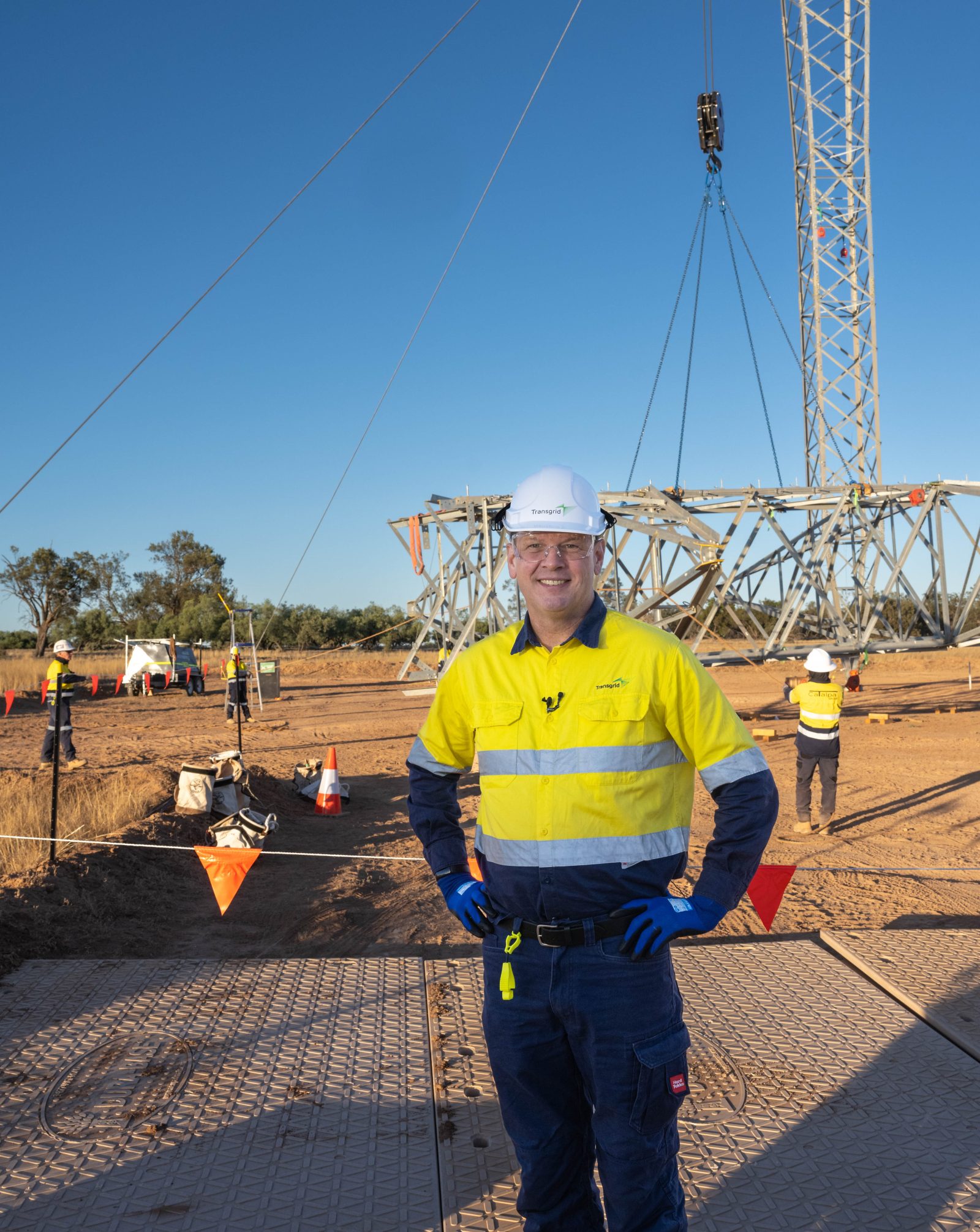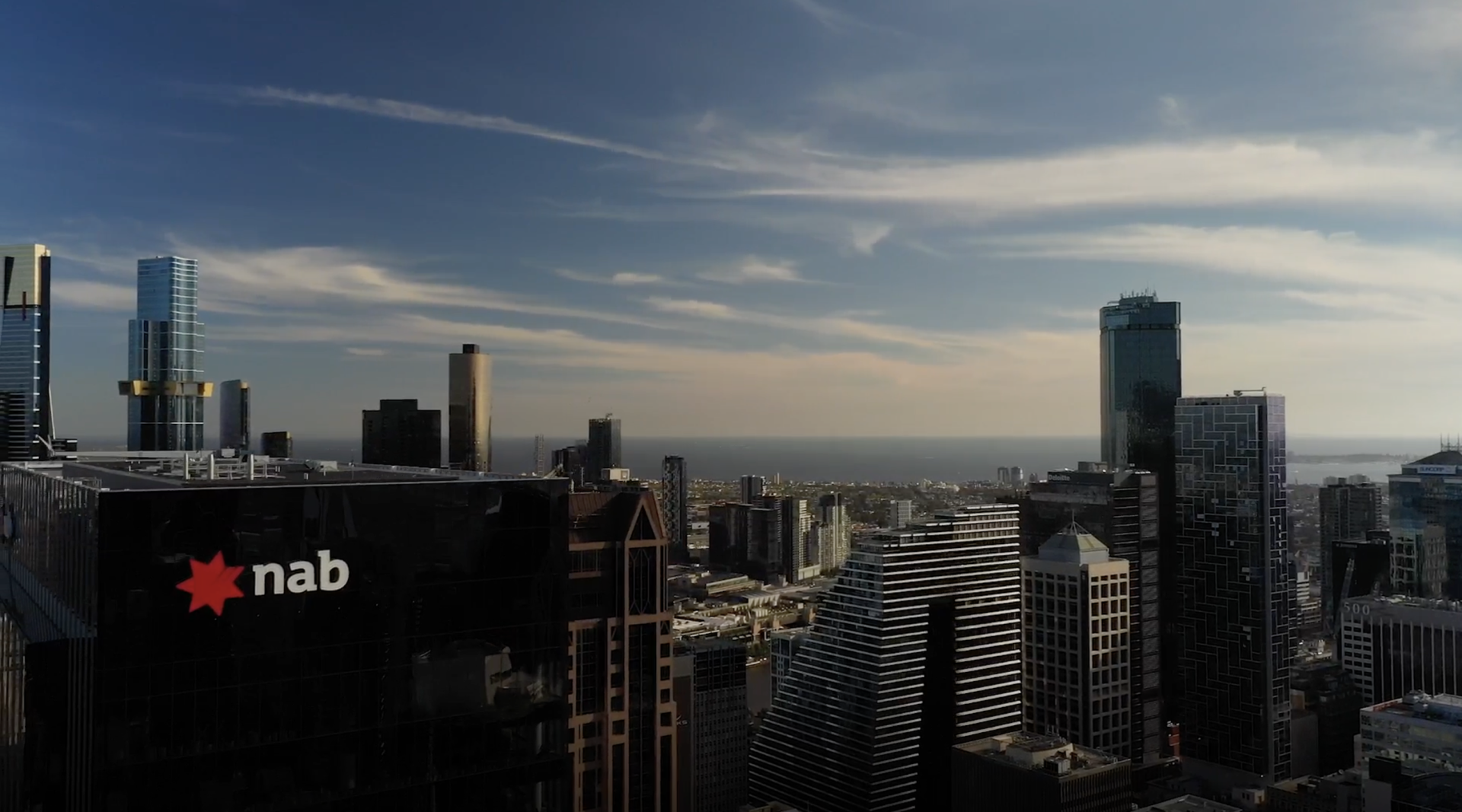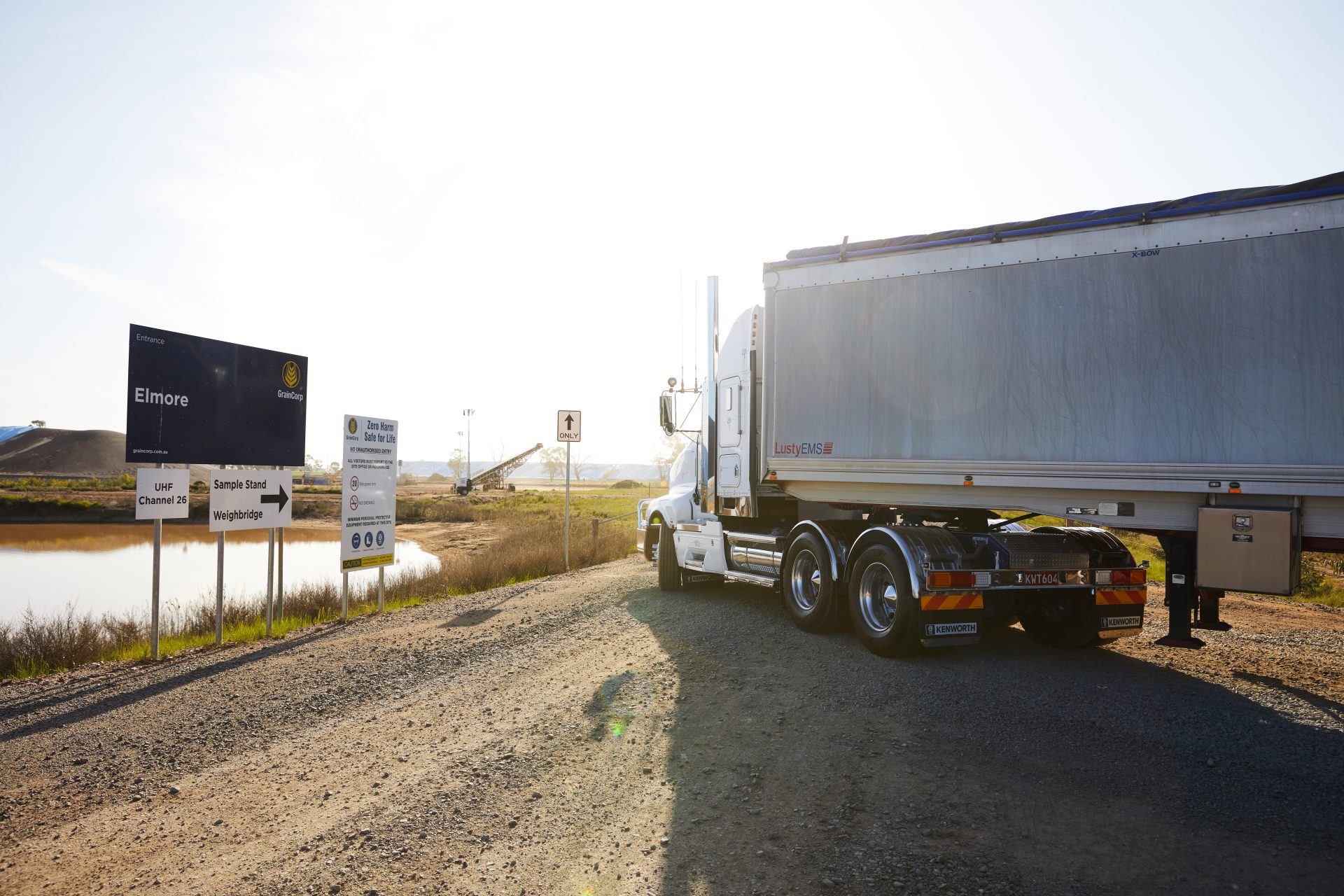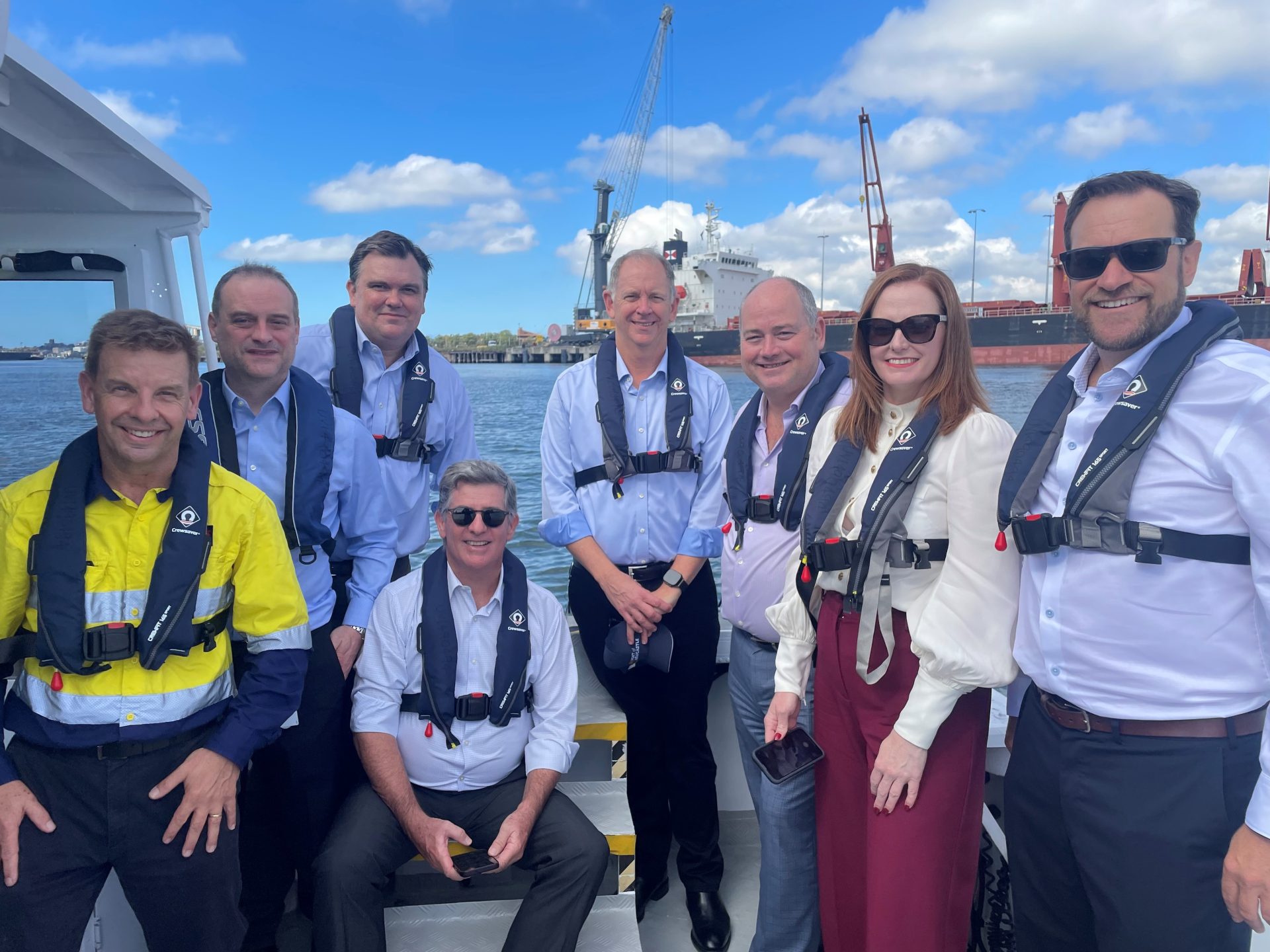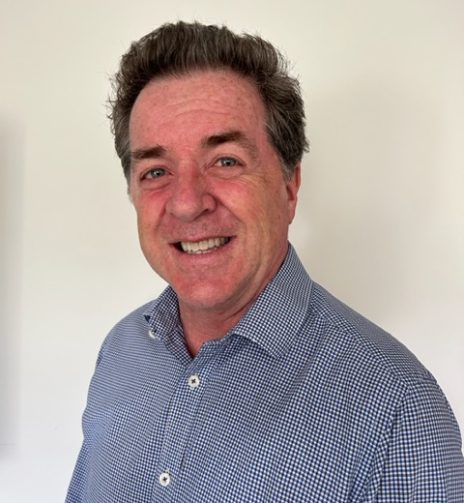Every morning, Brett Redman reminds himself of the need for speed.
Despite the transition to a green energy market already setting a hectic pace, the Transgrid Chief Executive, who runs the backbone of the National Electricity Market (NEM) in New South Wales, accepts there is no alternative but to press harder on the accelerator.
“There is no transition without transmission,” Mr Redman said, acknowledging Climate Change and Energy Minister Chris Bowen’s catchphrase.
Speed has become imperative for a number of reasons.
First, Labor has set a more ambitious target for emissions reduction, legislating for a 43 per cent cut by 2030 and achievement of carbon neutrality by 2050 in line with the landmark Paris Agreement.
Heavy-polluting coal-fired plants are rapidly closing, potentially replaced by much cleaner renewable sources of power and the tantalising prospect of lower energy prices and more reliable supply.
But as we know, there is no transition without transmission.
In practical terms, it means Transgrid has a critical role in building the new transmission infrastructure in regional Australia, inspiring sufficient confidence among investors to accelerate the construction of the required renewable energy facilities.
Transgrid’s share of the final tab, according to Mr Redman, will be in the “multiple tens of billions of dollars”.
“We’re still building towards the peak (of the investment program),” he said.
“Last year, we finished three transmission projects which were very big at the time but now look modest compared to the ones that are coming.
“Every time we think we’ve mapped out the pace of change it goes quicker, so projects that we thought mightn’t be needed until the 2030s are suddenly becoming real in the 2020s.”
Transgrid’s network, which powers up 3m homes and businesses, includes interconnectors to the ACT, Queensland, and Victoria, supporting a competitive, wholesale electricity market.
Among the large-scale projects completed last year were Powering Sydney’s Future to replace the city’s ageing infrastructure and underground cables; a $236m renewal of the Queensland-NSW interconnector to boost interstate transmission capacity, and a $45m upgrade to the Victoria-NSW interconnector to unlock greater access to renewable energy generation.
The budget for Transgrid’s slate of current and planned projects is much larger.
They include the $3.3bn HumeLink project to install 360kms of transmission lines to reinforce the backbone of the east coast’s transmission network and tap the full potential of the expanded Snowy hydro scheme, and the $1.8bn EnergyConnect project to link three states – NSW, South Australia and Victoria – and intensify competition in the wholesale market.
The overall objective is the ability to move power up and down the east coast and across to SA, whatever its origin and wherever it’s needed.
Mr Redman said the network is focused on delivering critical projects in a way that keeps costs down for consumers and Transgrid and its investors are committed to making that happen.
But he acknowledges it is not without challenges, as big infrastructure brings unavoidable disruption to some landowners and communities.
Transgrid is working with governments, regulators and communities to find ways forward to ensure critical projects aren’t delayed and to ensure impacted landowners are fairly compensated. In addition to grid-scale generation, there would be significant distributed power due to the world’s highest penetration of rooftop solar.
Previously, the grid was designed in the 1970s and 80s around a small number of coal and gas-fired plants, with the former located near the coal fields.
The investment ushered in a hiatus lasting for 30 years or more, but the next stage of the industry’s evolution is now unfolding rapidly.
Predictably there are bottlenecks, as there always have been when the nation gears up for prolonged periods of heavy investment, such as its regular resources booms.
Recently, with a lot of transmission lines reaching capacity, newly built renewable sources of power were struggling to get despatched through the grid.
As a result, the flow of renewables projects fell significantly behind expectations, with installation slowing to 2GW last year despite the transition requiring renewables capacity to jump from 16GW to 44GW in 2030.
Mr Redman said delivery of the transmission project pipeline would remove the current bottlenecks, with steps also being taken to address global supply-chain challenges hampering the timely delivery of key inputs.
“We’ve significantly ramped up our capability, reorganising the business and investing heavily in people,” he said.
“A lot of that is directed at the project activity, with our full-time employees by the end of June rising by about 50 per cent in the last 12-18 months.
“You can argue it’s temporary but it’s going to be temporary for 10 years.
“Plus we’re engaging thousands more workers through contractors to scale up for the build program.”
Transgrid was also threading projects together to avoid the costly and time-consuming process of scaling up, then back and up again.
“From a supply chain point of view, the whole world is going through the same transition, so we’re in competition globally for critical parts and labour with places like North America, Europe and Japan,” Mr Redman said.
“But by shifting from a project approach to a program approach, we can go out there with an order book that’s getting the attention of big global suppliers.”
The conventional wisdom, he said, was that it could take up to five years to land a transformer for a transmission project.
However, in a trip to Japan and Korea earlier this year, the Transgrid boss said he had secured a commitment from a supplier to deliver a transformer in less than two years.
Transgrid’s pivotal role in transitioning the country to a clean energy future is complemented by its own challenges.
In its first sustainability report released last year, the group committed to slash Scope 1 and 2 emissions owned or controlled by Transgrid by 60 per cent by 2030 (compared to a 2021 base) and net zero by 2040.
Scope 3 emissions from purchased goods and services and capital goods would be cut 48 per cent by 2030 and reach net zero by 2050.
In the meantime, delivery of the energy transition as quickly as possible was paramount.
“We’ve been acting at great speed in gearing up and delivering some of the biggest infrastructure projects going on in the country right now, and that speed is getting quicker and quicker,” Mr Redman said.
“It’s something we talk about internally all the time.
“Our customers and communities have to see us get transmission built before coal closure happens, so the faster the energy transition is going, the faster we need to go.
“I’m really happy at the progress we’ve made but I have a sense of urgency about going even quicker.”

